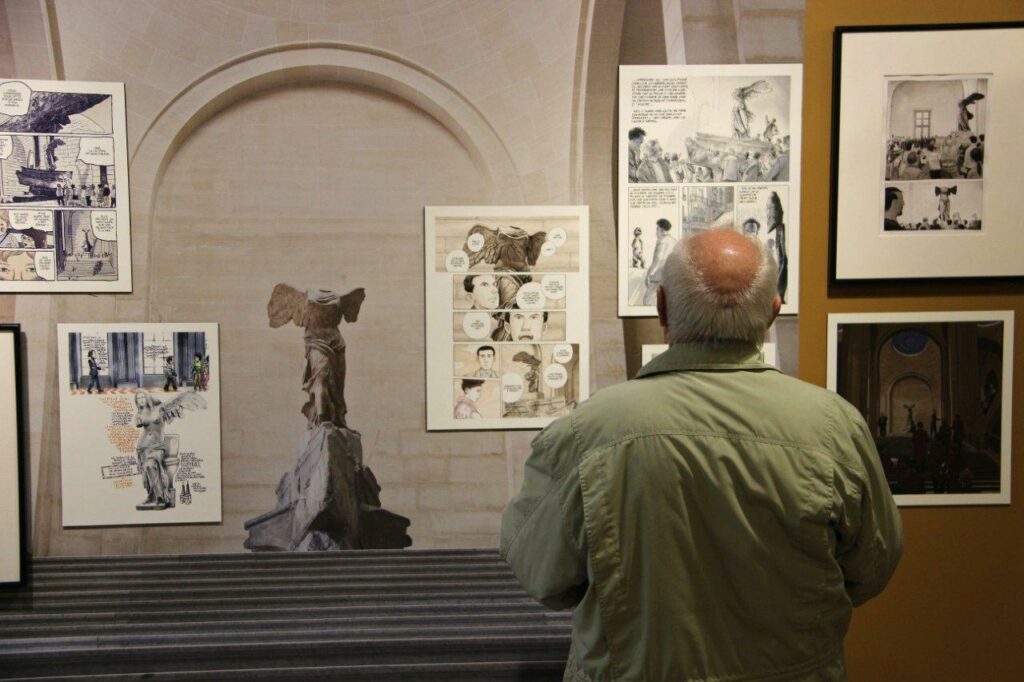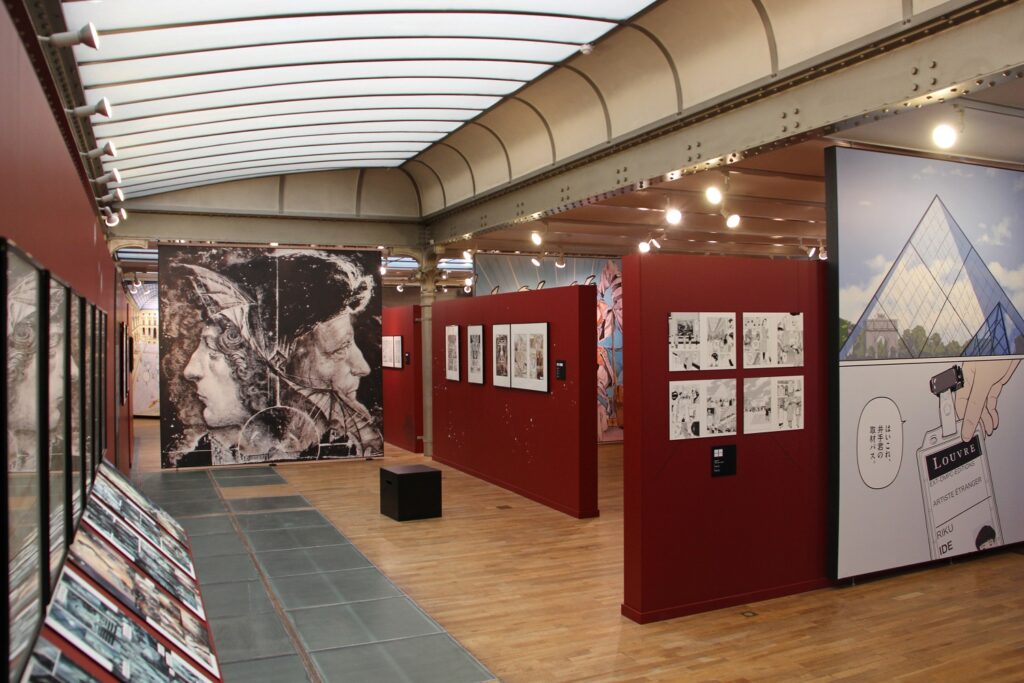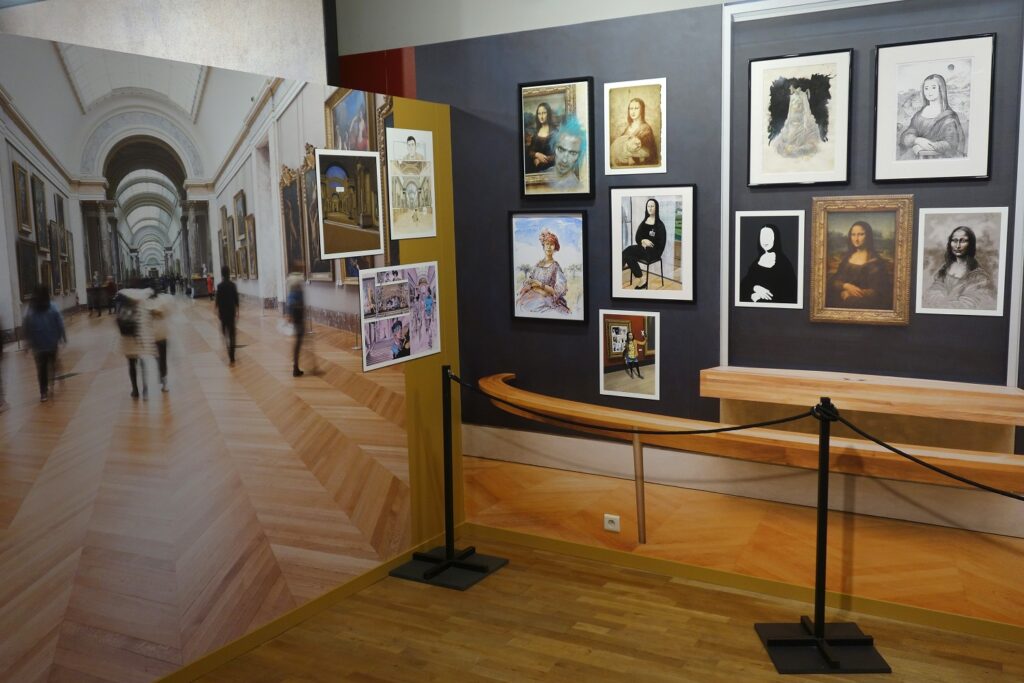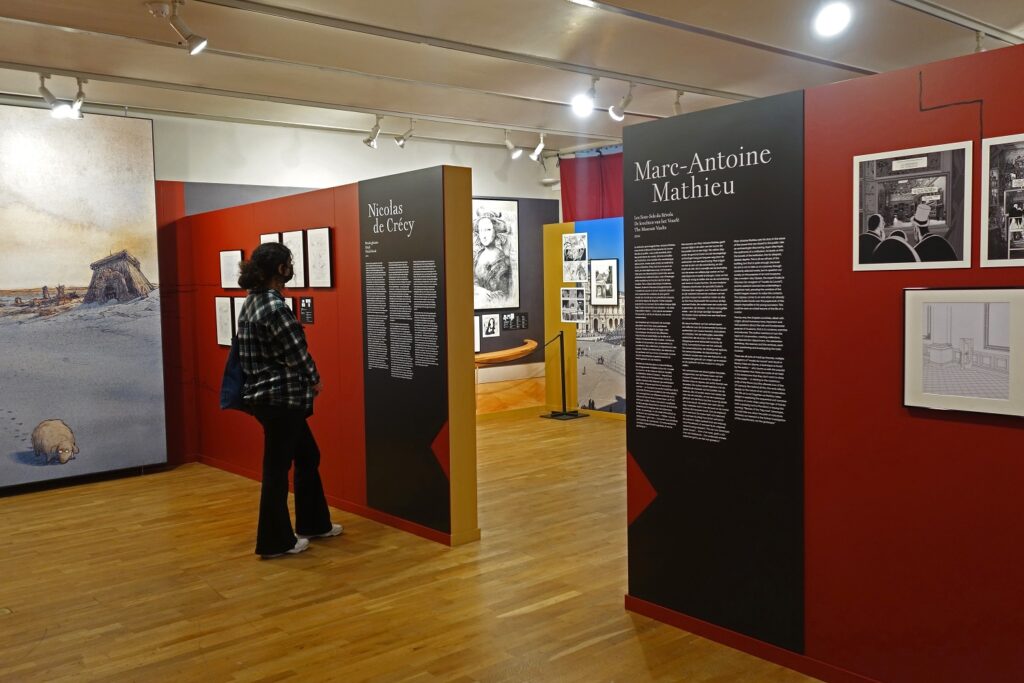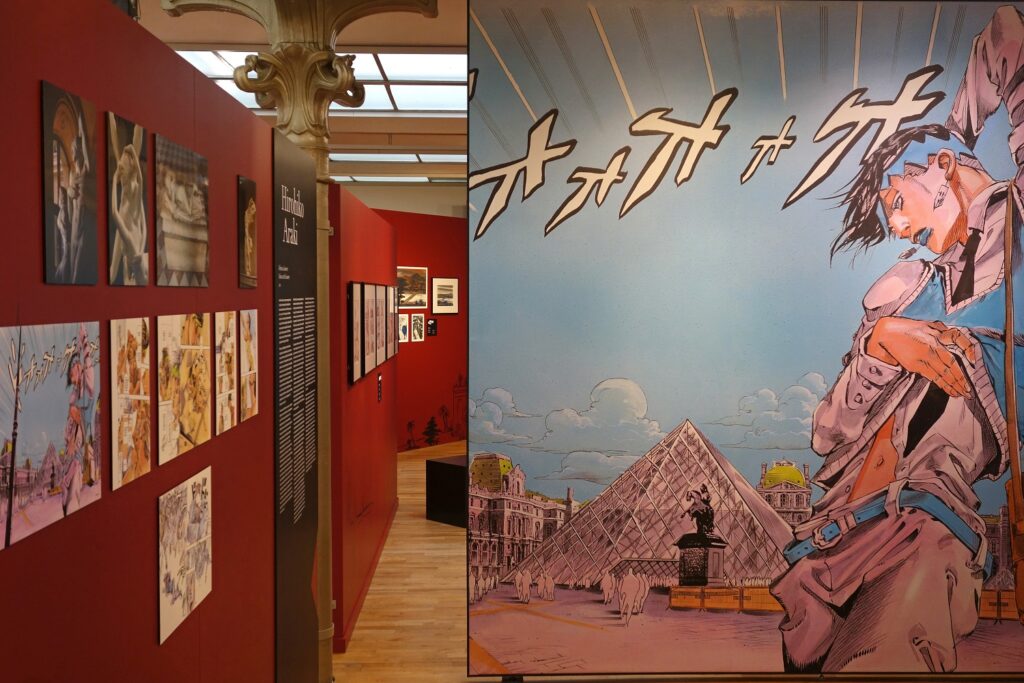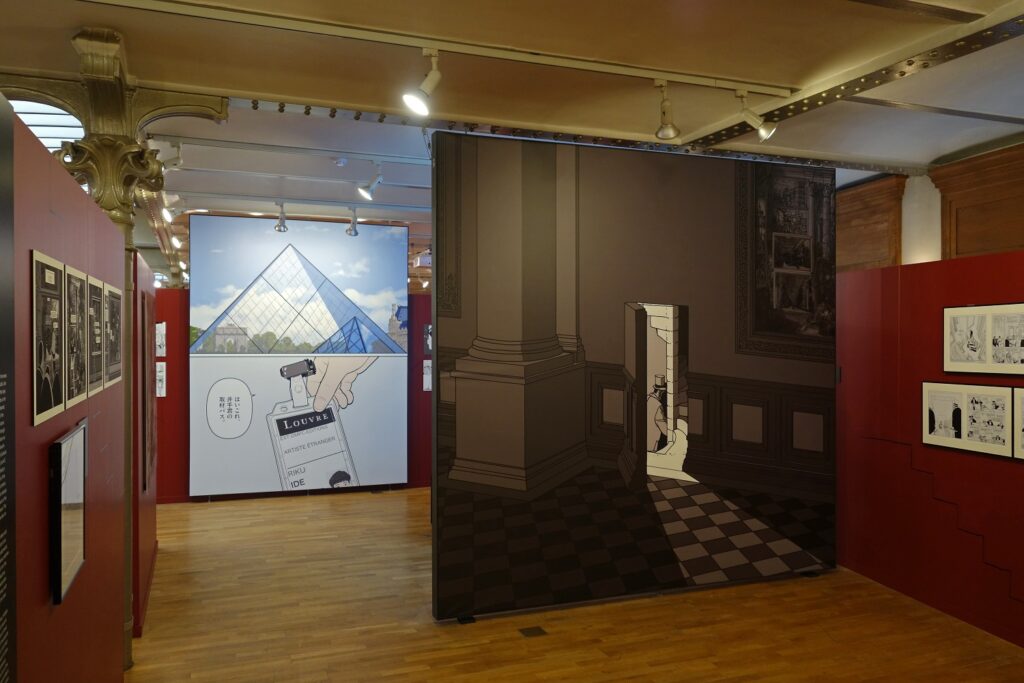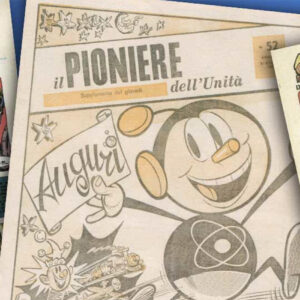When famous European art museums such as the Louvre decide to open their galleries to artists of the 9th art, it results in the creation of comics and graphic novels that have a very special appeal. Being a mix between a sincere tribute to the fine arts and a demonstration of each author’s own artistic talent, the new collection of comics at the Louvre renews the imagination surrounding this prestigious cultural institution.
Genesis of the project
The project was born in France from a collaboration between the Louvre Museum and the Parisian publishing house Futuropolis. Fabrice Douar, editor for the Louvre publishing house, was the first to see the potential in creating such a collection. He said in an article of the french newspaper Le Point: “One evening, while reading a comic book, I said to myself: I work at the Louvre, I love this museum, I love publishing, I’ve always loved comics, why shouldn’t I do something with all that?” And so he did, back in 2005, after contacting Sébastien Gnaedig, the editorial director of the Futuropolis publishing house, who then became the co-publisher of the Louvre comics collection.
The Belgian Comic Art Museum of Brussels recently joined the adventure by proposing a retrospective exhibition, “Comics at the Louvre“, going on until September 11, 2022. The exhibition shows extracts from comics produced up to that point by no fewer than 20 authors whose artistic approaches are detailed throughout the exhibition.
We find authors from the European comics scene such as Étienne Davodeau, Charles Berbérian, Enki Bilal, Philippe Dupuy, Christian Durieux, Stéphane Levallois, Éric Liberge (Mr Ash Tuesday, The Corsairs of Alcibiades), Christian Lax (The Eagle with No Claws), Marc-Antoine Mathieu, Nicolas De Crécy, David Prudhomme, Florent Chavouet, Bernard Yslaire (Mademoiselle Baudelaire), Loo Hui Phang and Judith Vanistendael (The Two Lives of Penelope, The Whale Library), whose project is under development. Comics artists from Asia are also part of the project since 2007, a cultural opening whose choice seemed obvious in view of the importance of Asian comics in Europe, especially manga and more recently with the rise of Korean manhwa. The Japanese mangakas Hirohiko Araki, Taiyō Matsumoto, Minetarō Mochizuki, Jirō Taniguchi, Naoki Urasawa, and the Hong Kong author Li Chi-Tak were the ones who were invited to visit the Louvre galleries.
A creative bridge between European fine arts and comics artists
The reason why the Comics of Louvre collection is such a singular project is because it gives unlimited access to the Louvre Museum to the authors who accepted to be part of the project. Not only to the official galleries, that can be easily visited during the day, but also to the storerooms or to the Louvre rooftops that offer a unique view of Paris. These places are often the subject of fantasy for comics artists, especially mangakas, according to the editor Fabrice Douar. Many of them have dreamed of this mysterious and romantic Louvre hidden from the public view. Some authors even had the chance to experience the Louvre in the quiet of the night, offering a new perspective on the art exhibited.
However, if the authors visited the same galleries, they did not focus on the same details. The different stories that were created use radically different genres and subjects. Nicolas de Crécy, who was the first to join the project in 2005, brings out the Louvre that was buried under the glaciers in a sci-fi story that questions the possible interpretation of art pieces in the near future. Christian Lax, on the other hand, questions the circulation of artworks in the context of the destruction of Mali’s cultural heritage by extremist Islamists and the appropriation of this same heritage by European museums.
Other authors are more fascinated by the “inhabitants” of the Louvre, starting with the staff, such as Minetaro Mochizuki who imagines the romance between a Japanese cleaning lady at the Louvre and a manga artist. Some are more interested by the different kinds of visitors: David Prudhomme realized detailed portraits of each type of visitor, while Florent Chavouet preferred to literally transform the Louvre into an island floating on the Seine where visitors and tourists establish a particular and often humorous interaction with the art collections of the museum.
The Louvre Museum is sometimes the place where the strangest phenomena take place, like in the case of Rohan, a character in Hirohiko Araki‘s Jojo’s Bizarre Adventure saga, who finds himself confronted with a cursed painting whose murderous shadows seem to hover over the undesirable visitors, or Enki Bilal‘s phantasmagorical interpretation of the characters that haunt the works of some art pieces in the Museum.
Some artists create more fancy stories with an undeniable graphic talent, which is the case for Li Chi Tak, who depicts the encounter between two types of human creations: a robotic one, through the cyborg Mary, who meets an artistic one incarnated by the Louvre itself. And Stéphane Levallois delivers a real space opera, worthy of the greatest Hollywood blockbusters. He projects Leonardo da Vinci’s clone into the midst of an intergalactic battle, going as far as reproducing da Vinci’s stroke with great finesse.
A promising future
If the project has a pioneering dimension, it is because it creates a bridge between two sources of art that are all too often opposed; traditional museums, the privileged places of so-called noble arts, and comics, a graphic art that is more contemporary and popular in its roots. The Louvre’s comics collection has demonstrated that these two artistic universes feed off each other to reinforce each other’s art. Artists of the 9th art are often inspired by all forms of art, and they have a lot to offer the contemporary art scene.
If Europeans and Asians comics artists have already placed their stones in the edifice of this beautiful project, it is not out of the question that the American comics art could be part of the project in the years to come, a prospect which should delight US comics fans!
By Salomé Binet
Header image : Comics at the Louvre © Belgian Comics Art Museum
